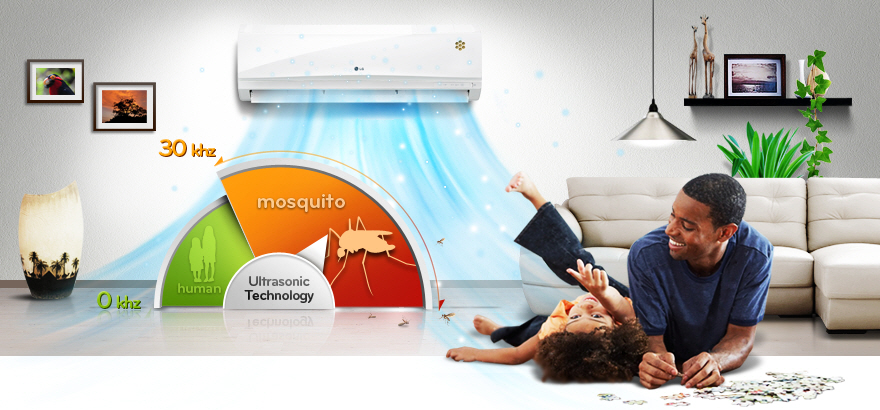A/C 101 - How Central Air Conditioning Systems OperatePosted by Arlene on April 18th, 2021
Can you envision life without a/c? Sweltering heat waves that can melt the rubber on your shoes, cook an egg on air conditioner edmonton the control panel of your vehicle, and make it nearly impossible to have a great night's rest-- sounds unpleasant! Let's face it, life without A/C wouldn't be the very same. Did you know, that before the 20th century, ice was actually harvested for refrigeration? It was cut into 1-ton blocks, delivered throughout the country and used in 'ice-boxes' to keep food fresh. The good news is today, refrigeration has actually been significantly improved considering that its introduction in 1834. By knowing how your house's A/C system works, you'll have the ability to make it run much better and longer, and if it ought to break throughout the canine days of summer, more positive discovering a replacement. What is Central Air Conditioning? Considering that the 1960s, central air systems have been the most typical style of cooling in America. Best defined by the condenser unit outdoors and ducts bring cool air throughout the house, a main air conditioning is sometimes referred to as a "split-system" because the indoor and outside components are separated. How It Works Comparable to how a sponge takes in water, central air conditioning conditioners take in the heat from inside the home and eject it outside through a procedure called "the refrigeration cycle." It's easy to understand how an air conditioning system works as soon as you see how the parts run together. Parts of a Cooling System Split into 2 parts; a system will consist of an outdoor condenser system (below) and a coil housed on top of the heating system or inside air handler. The outdoor condenser, which does the majority of the work, runs in tandem with the air handler/furnace that disperses the conditioned air into rooms of your home. The Refrigeration Cycle The cooling procedure starts when the thermostat discovers the interior temperature has actually increased above the setpoint. It signals the control board in the air handler and enters into action. 1) The internal blower attracts the hot, moist indoor air from the return ducts into the air handler/furnace cabinet to be conditioned. 2) Unclean air going into the cabinet initially passes through an air filter that traps dirt and debris. 3) The clean air then passes through the evaporator coil. Utilizing metal fins to increase its surface location, the evaporator coil extracts heat and moisture from the warm air as the air passes through it. The tidy, cool air is distributed throughout the home. 4) A set of copper tubes containing refrigerant, called a Line Set, connect the indoor coil with the outdoor condenser. 5) The condenser dissipates the heat caught inside the line originating from the evaporator coil by cycling it through its coils where a fan on top presses air to speed up the procedure. The refrigerant is then compressed and travels back to the indoor evaporator coil, where the cooling process continues. HEATING AND COOLING Cheat Sheet It's an excellent idea to familiarize yourself with the technical language used by HVAC specialists to understand your system when it comes to making repairs or purchasing a brand-new system. HEATING AND COOLING - Represents heating, ventilation, and a/c. This acronym is used to classify all devices used to manage air temperature, humidity, and air quality. Split-System - In reference to parts of the system running both inside and outdoors. In a split system, the condensing unit is discovered outside. BTU - British Thermal Systems - a measurement of how much heat energy can be gotten rid of from the air in an hour. Ton - A measurement that refers to the cooling capability your unit can supply under normal conditions. 1 Ton is equivalent to roughly 12,000 BTU's. Loads are often used when sizing an unit for your home, which can be figured out based upon the square video needed to be cooled or heated up. Unequaled Expertise Easily, the heating system, a/c, and electrical systems all work immediately, without us needing to fumble around in the basement or worse, a hot attic. Till something goes wrong. Understanding your air conditioning system may seem overwhelming at first, but once you have the fundamentals down, you'll be able to understand not just how your system works, but also figure out jargon to make purchasing a replacement simple. Like it? Share it! |



